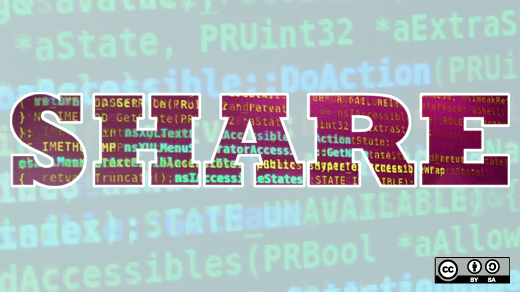As the world demands more and more computer scientists, Khan Academy's computer science program could not have been introduced at a better time. The new curriculum was debuted yesterday in a video featuring John Resig, Khan Academy's Dean of Computer Science, and Sal Khan, Founder of Khan Academy.
While the program is not explicitly labeled as "open source learning," the lessons instill the values of open source through collaborative learning and sharing of programs. The lessons are targeted at middle school-age kids who are expanding their interests before high school. The tutorials are designed to be basic enough for even the most novice programmer to understand. This is great news for the open source community because young students using this tool are practicing the principles of open source from the start as they learn how to code.
The launch of the computer science curriculum is a break-through for Khan Academy because prior to this, the Academy only had video tutorials, which were posted on YouTube. In the introduction video, Khan and Resig stress the importance of trial and error when learning to program and included an interactive text editor with built in instructional videos.
Resig explains that programming is an extremely creative field, and the best way to learn how to code is to see what others have made and get inspired, then try to build it yourself. If you get stuck, Khan Academy allows you to see how others have built the same program and learn from it.
"We want you to make your own things...You can take components of what we've written, or just write stuff that's completely new," Resig said.
This is an inherently open source thought process, because it allows the users to see pieces of others' code, learn from how they built it, modify it to fit their own needs, and share their updated code. With the interactive text editor, even beginners can take a look at advanced programs and meddle with the individual pieces to understand how it works.
Plus, there's a discussion area underneath each lesson where users can post comments and questions. This area creates a sense of community for beginning programmers where they can experiment and learn from others.
"It's a valuable way to get feedback and talk with other people to get a better understanding of how things work," said Resig.
If you've always wanted to learn the basics of programming, now is your chance. All of the lessons on Khan Academy are free and easily accessible for everyone. Tell us about your experiences with the new curriculum when you (or your kids) try it out.







3 Comments